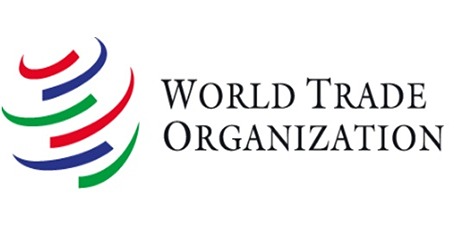On 1 October 2021 the Third World Bank Tax Conference discussed the taxation of the digital sector.
Value added tax collection
The growth of the digital economy has changed business models and has presented new problems for tax assessment and collection. When low value goods are sold across borders, and when online services are provided by digital companies, they can escape taxes such as value added tax (VAT).
VAT is an important source of revenue for developing countries and they need to find a solution to taxing these supplies. Business to business (B2B) services can be subject to a reverse charge, but there are problems in taxing cross-border supplies to individual consumers.
One tax challenge is to ensure that a wider range of digital services are covered by the VAT legislation. There is also the challenge of how to collect the tax, whether from the vendor or a local payment provider. Sometimes it is difficult to establish where the consumer is located.
A digital provider of services to the consumer does not need to monetise the services – these could include advertising content so the consumer does not pay for the services, but advertising revenue is received by the digital provider.
Digital platform operators
There is also a problem with foreign sellers of physical goods via an internet platform. The supply of low value goods into a country presents a problem for tax collection. Some countries are introducing legislation to place tax obligations on digital platforms that provide a marketplace for vendors and buyers. The platform itself would then have the obligation to remit the tax to the government, not the vendor that uses the platform. However, this gives rise to compliance costs for the digital platform that could be shifted to the vendors.
Telecom sector
Telecoms and cell phone services are critical for mobile banking. The telecoms sector is generally highly taxed, but tax can be avoided by use of social media apps. Social media services can be used instead of mobile phones, raising the issue of how to tax such services.
Tax on mobile money transactions in Uganda
In Uganda active users of mobile money facilities number more than 16 million. Mobile money agents are much more accessible in Uganda than banks, and they have a greater number of outlets. In 2018 Uganda introduced a 1% tax on mobile money transactions. The original plan for the tax was that each stage – deposits, sending money, receiving money and withdrawals – would be taxed separately.
The technical analysis was rushed, and there was insufficient consultation with stakeholders. Concerns were expressed in Parliament, but the Bill passed without amendment. There appears to have been a disconnect between the tax technical experts and the politicians. Following protests by the public, the tax was amended and a rate of 0.5% was applied to withdrawals only.
Implementation of the tax was erratic. There were weaknesses in policy design, with not enough understanding of the operation of mobile money. In practice the tax was borne by the consumer, not by the financial entities.
The tax was however successful in raising revenue and there was a low cost of collection. Tax revenue stabilised at a lower level after the rate was reduced to 0.5%.
Lessons to be learned from Uganda’s mobile money tax
It would be useful to standardise policy appraisal, to understand the likely impact of the tax from the start. More analysis was needed of the impact of the tax on social and economic behaviour. The tax could be successfully replicated elsewhere if the procedures for designing and implementing the tax are improved.
There needs to be more coordination between tax technical and political specialists, through the appointment of an adviser to liaise between them. There is generally too much focus on revenue impact assessments, which are the main interest for the government when introducing a tax, and not enough appraisal of other issues. The government will want a revenue impact analysis and does not ask for technical analysis. Research would need to be done on the equity and efficiency of the tax. This applies more generally to tax policy measures.
















